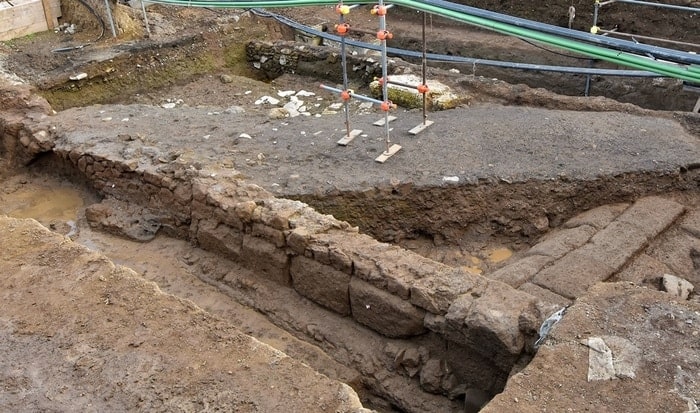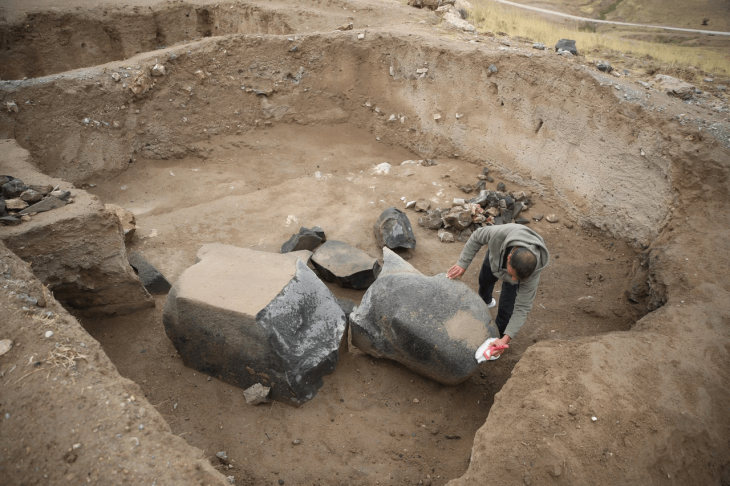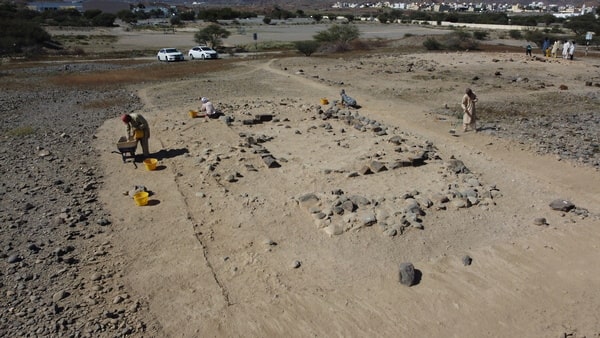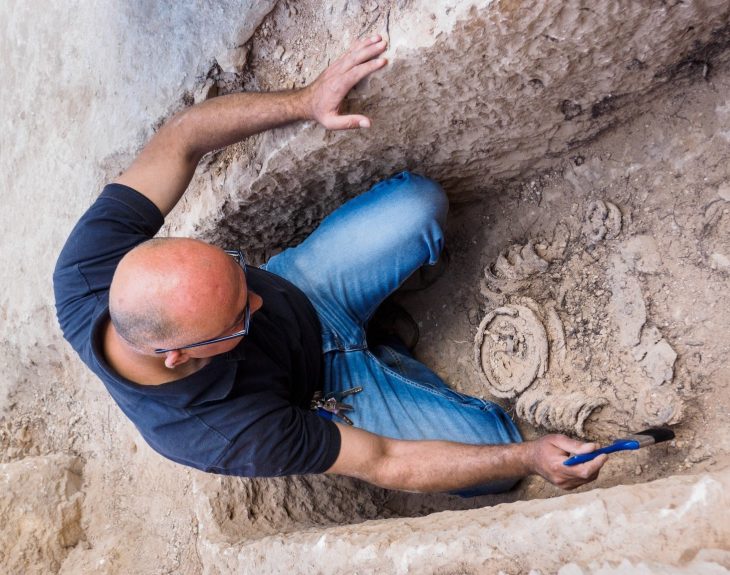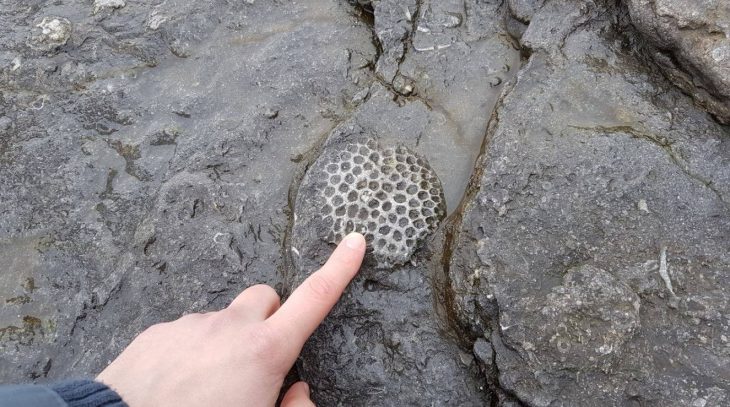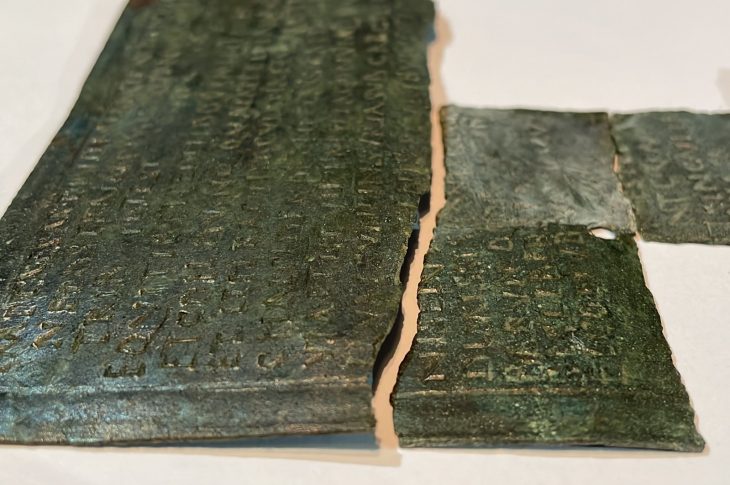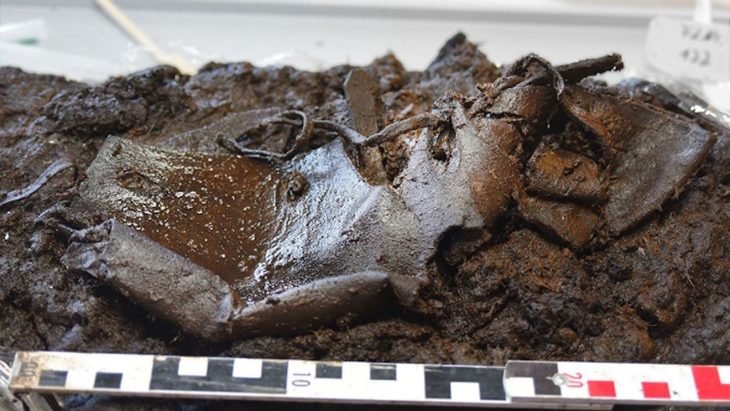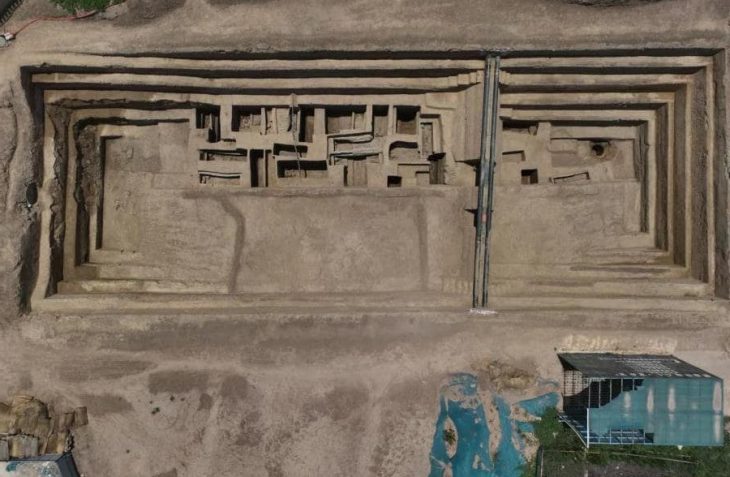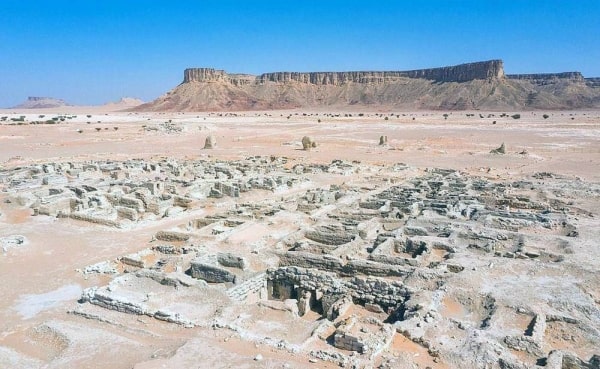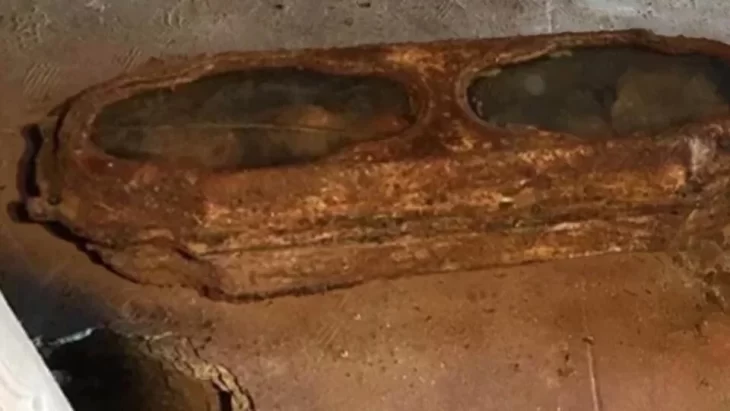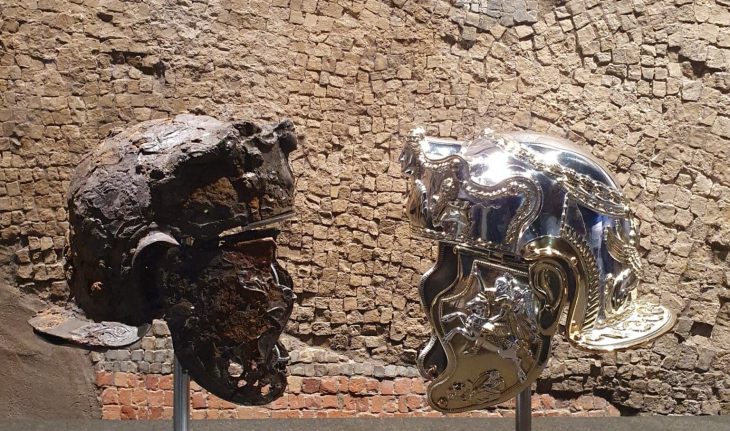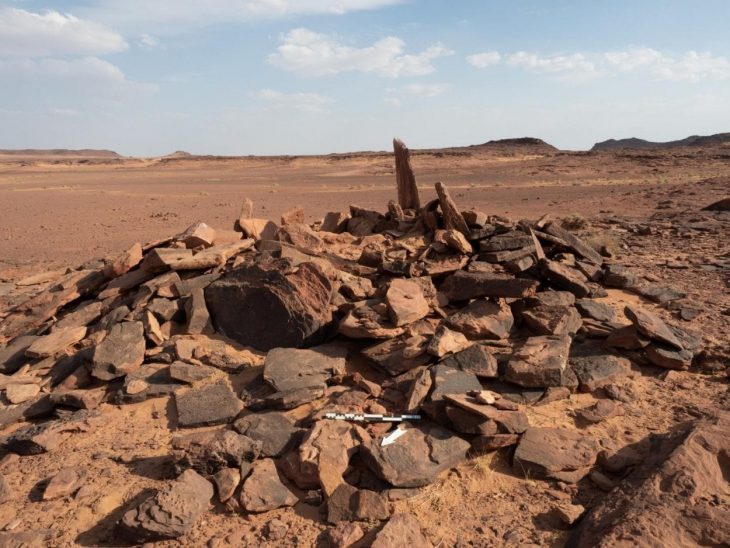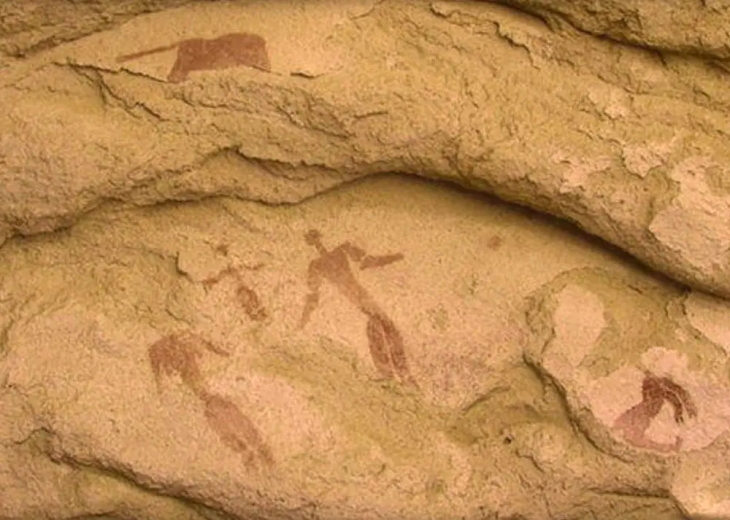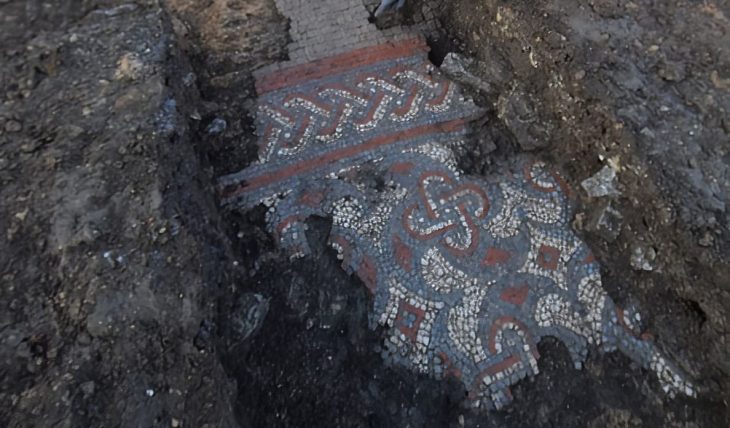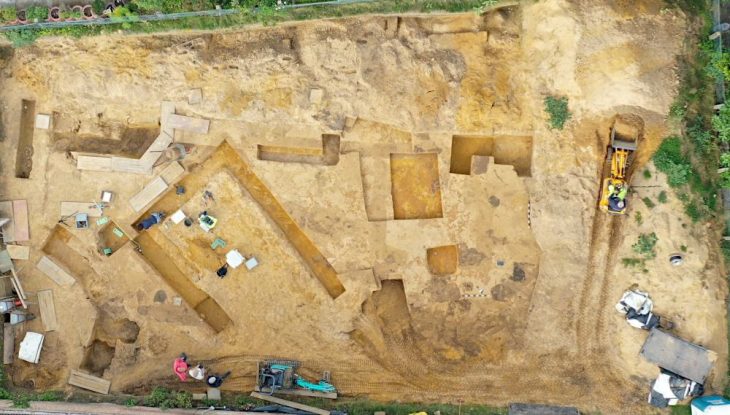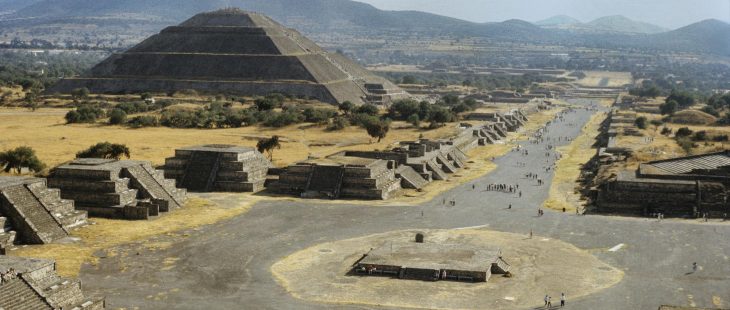The remains of a rare Republican-era bridge have been discovered on the 12th kilometer of the Via Tiburtina, the ancient Roman road that leads northeast out of the Roma City.
It dates back to the 2nd century BC
The discovery was made possible by the preventive archaeological research of the Roman Special Inspectorate for the expansion of Via Tiburtina by the Municipality of Rome.
It crossed via the Fosso di Pratolungo, a tiny river tributary of the Aniene. The one-time existence of an ancient bridge over the Fosso di Pratolungo was recorded by cartographers in the Renaissance, but its precise location was lost as this is the first time material remains of the Roman structure have been discovered.
This is a find of great archaeological interest,” declares Daniela Porro, Special Superintendent of Rome, “and historical and topographical as well. Investigations will continue in the next few days to obtain a more complete knowledge of the structure and its phases of use. Once again Rome gives us precious testimonies of its past, which will allow us to better understand its millenary history.”
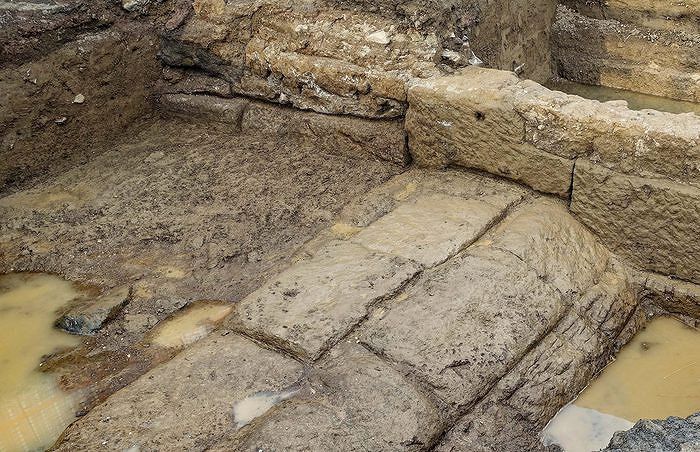
Excavations, which are still ongoing, are being conducted by archaeologists Mara Carcieri and Stefania Bavastro from Land Srl, under with scientific guidance of Fabrizio Santi, archaeologist of the Special Superintendent of Rome.
The uniqueness of the discovery is due to its dating: ceramic finds and wall type in large tuff blocks indicate that the structure was probably dated to the 2nd century BC, Middle Republic period.
The road, initially known as the Via Valeria, was first built around 300 B.C. by the censor M. Valerius Maximus. There are two surviving bridges on the Tiburtina, the Ponte Scutonico at the 58th kilometer, a single span arch bridge made of limestone blocks, and the Ponte San Giorgio at the 63rd kilometer. Both were built by the emperor Nerva when he restored the road in 97 A.D.
The newly-discovered bridge was built during the initial construction of the road, which makes it an incredibly rare example of a bridge from the middle Republic. By contrast, the oldest bridge in the city of Rome today is the Pons Fabricius which dates to 62 B.C. when the Republican era was almost at an end.
The bridge will be meticulously mapped and surveyed. As the Tiburtina expansion progresses, it will be reburied when the studies are completed for its own protection.

